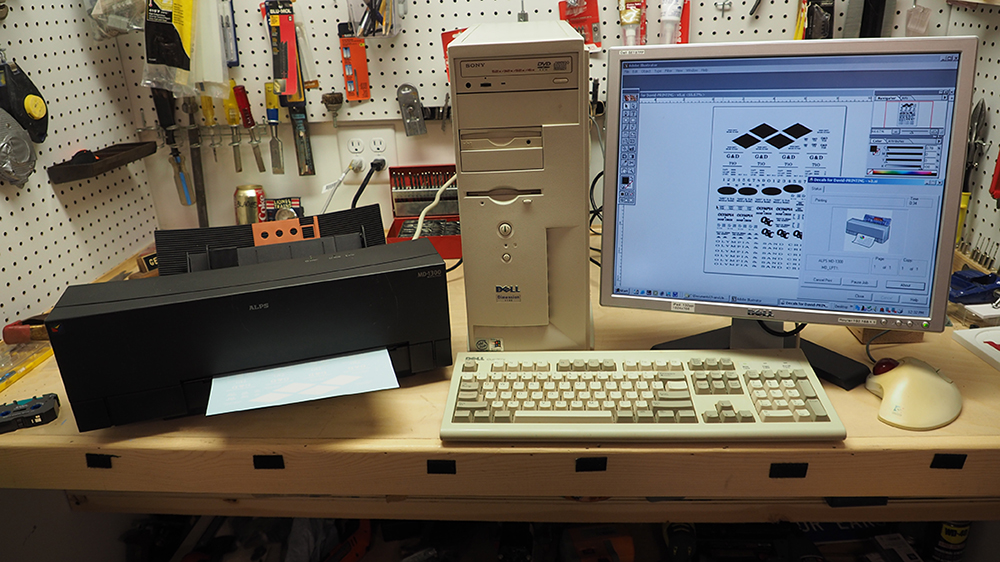
Car Swap Project part 5: Printing decals with an ALPS printer: As the three friends endeavor to make custom boxcars for each other’s layouts, Gerry Leone, Seth Puffer, and David Popp embark on printing custom decals. There are several easy ways to print your own decals, just as long as you don’t want white lettering. […]
Read More…
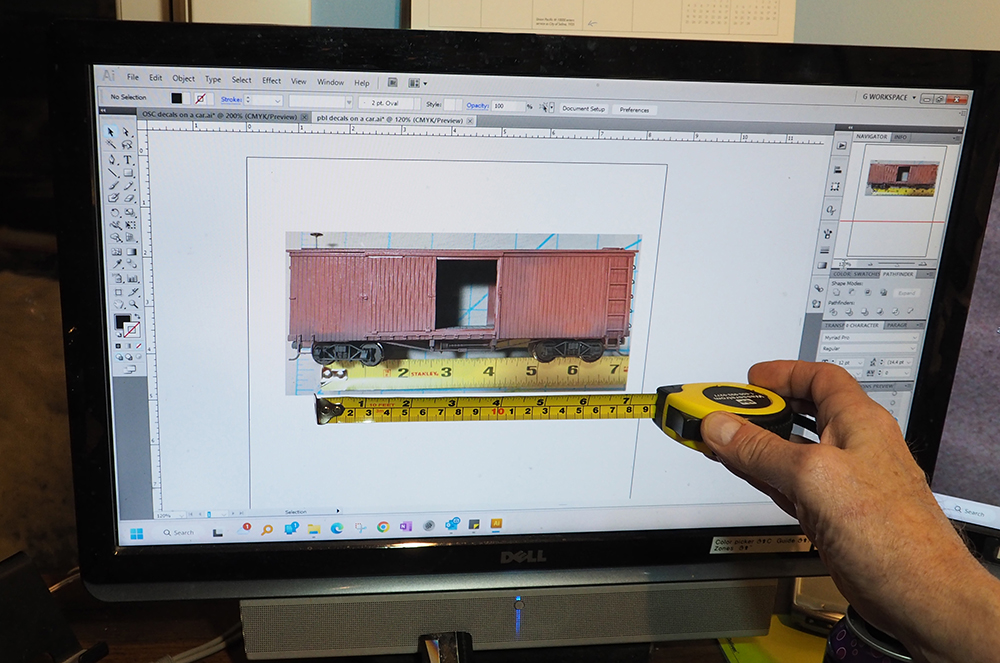
Car Swap Project Part 4: Railroad herald design class: Gerry Leone, Seth Puffer, and David Popp all model freelanced railroads, and each has created names, heralds, and graphics for their fictitious lines. The car swap project spans three different time periods during the 20th Century, so to make cars that work for each other’s railroads, […]
Read More…
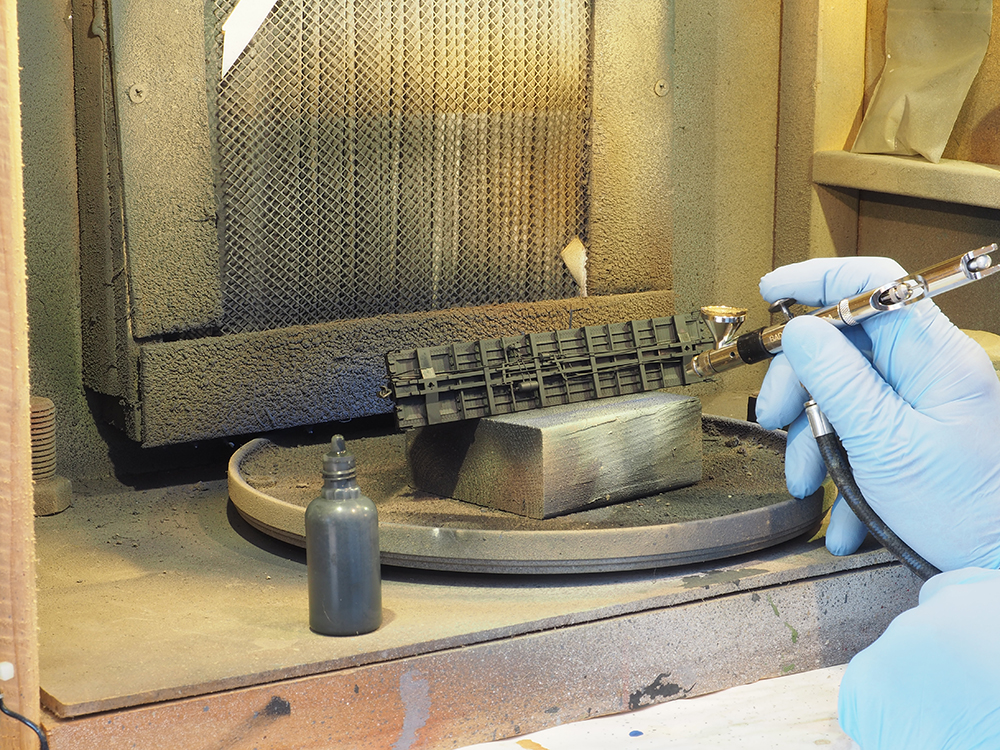
Car Swap Project Part 3: Painting plastic models: As part of trading boxcars custom decorated for each other’s layouts, modelers Gerry Leone, David Popp, and Seth Puffer do some preparation and painting of the plastic models. In this installment, the three use a variety of readily available products to add some color, or take some […]
Read More…
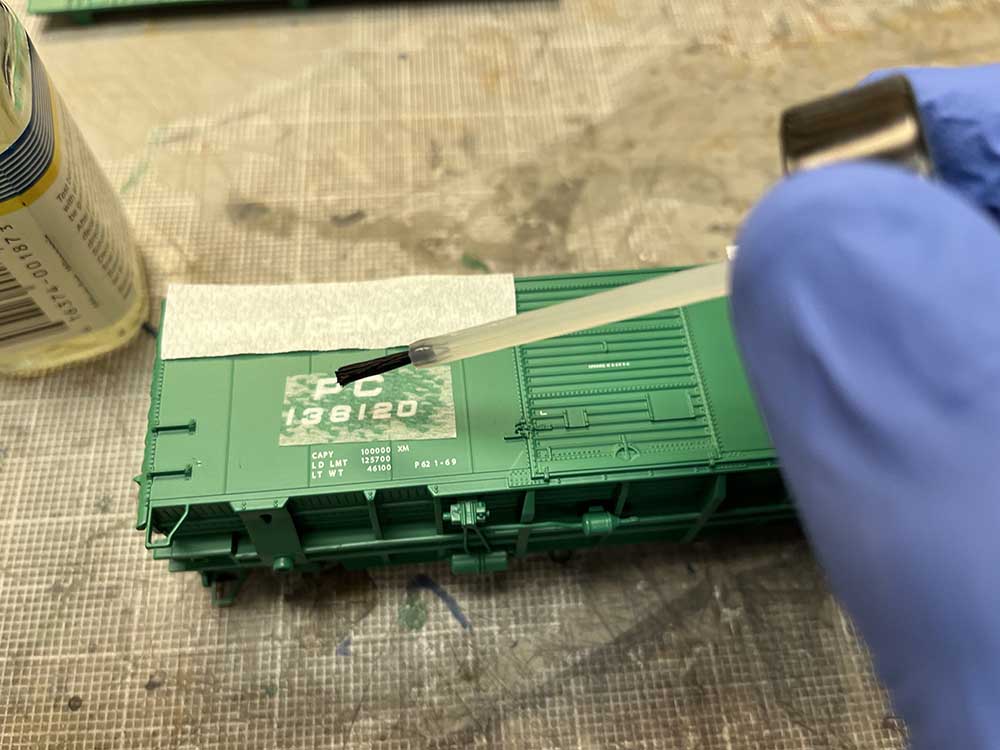
Car Swap Project Part 2: Stripping lettering from models: As explained in the first installment of the series, modelers Gerry Leone, David Popp, and Seth Puffer have decided to create custom boxcars for each other’s model railroads. This time around, David starts the real work of preparing the cars that he will use for the […]
Read More…
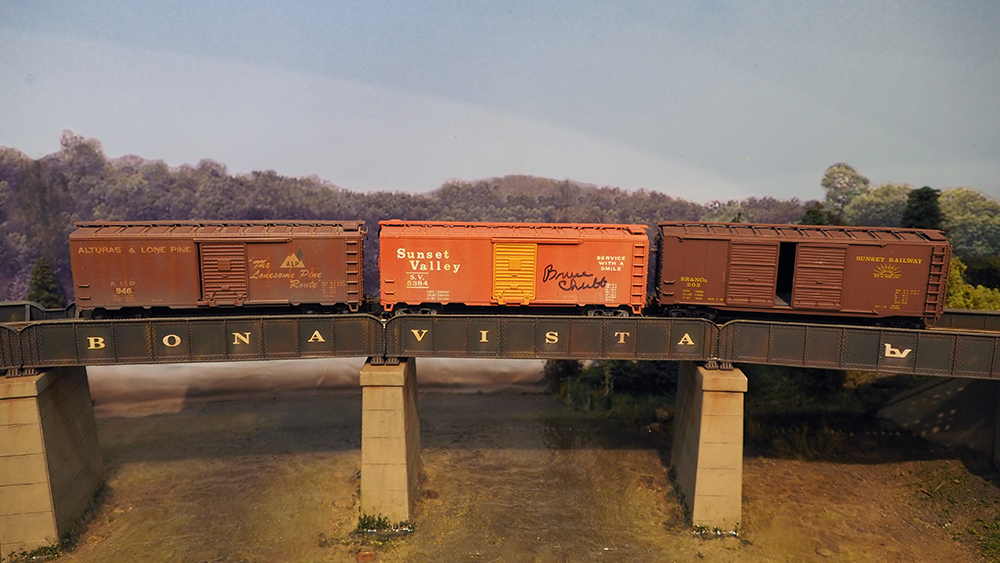
Car Swap Project Part 1: Trading models: Modelers David Popp, Gerry Leone, and Seth Puffer begin a series of projects to create custom-painted freight cars appropriate for each other’s model railroads. As David, Gerry, and Seth find out during the adventure, this is something fun and easy to do for any group of friends who […]
Read More…
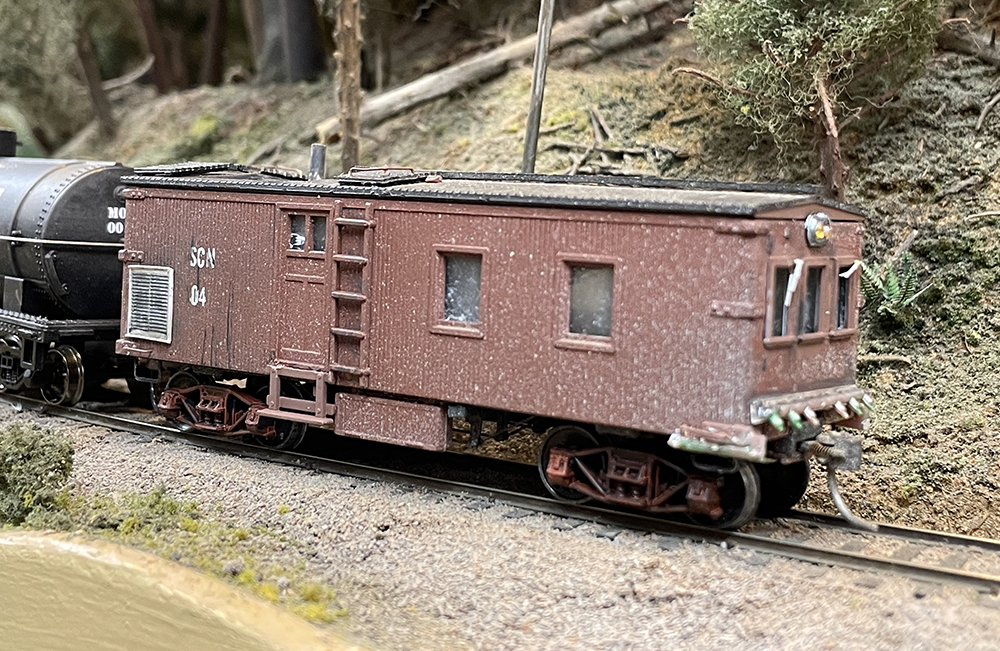
Build an HO scale weed sprayer Building an HO scale weed sprayer car was not just enjoyable; it was downright fun! It all started when my friend Paul Weiss declared that he was going to run a weed sprayer maintenance-of-way train at an upcoming operating session on his Central Vermont Ry. (www.cvrailroad.com). Five days before […]
Read More…
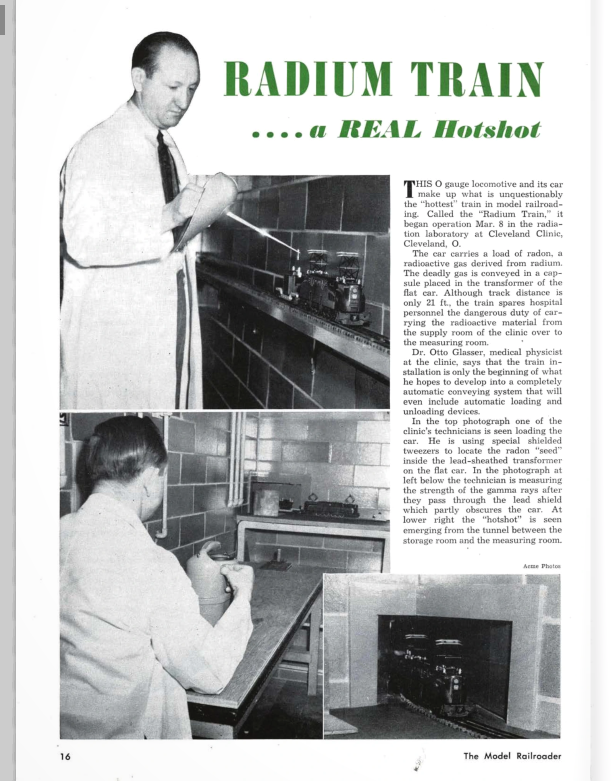
Months ago, when the MR staff started talking about more toxic chemicals used on model railroads of the past, I had no idea there would be such a list of them! While hobbyists needed to be creative to get the job done, sadly, some of their choices were unsafe. In some cases, the chemicals were […]
Read More…
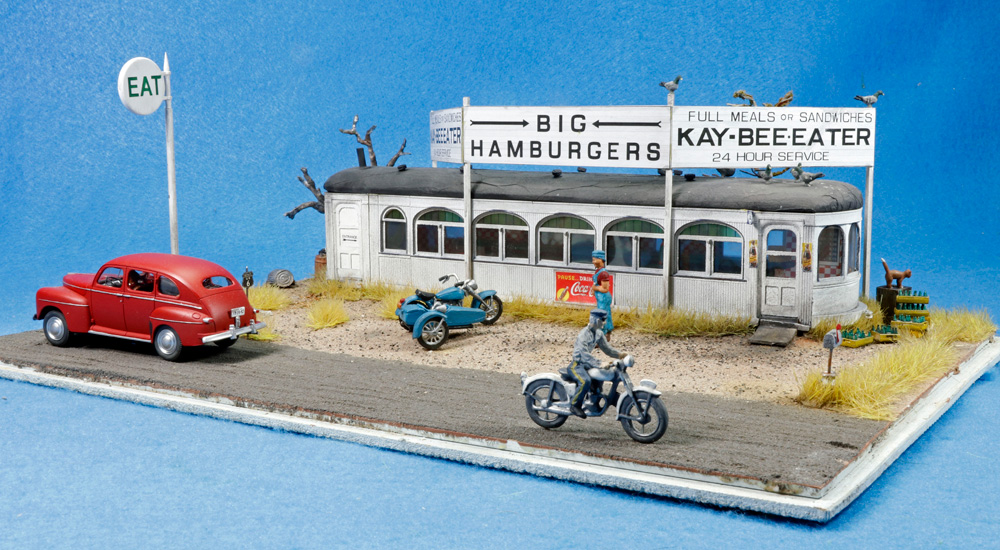
Small interior details for a 1950s Streetcar diner are easy and fun to make. When building the diner scene shown in the photo above, I knew that I’d want to include enough interior detail to make the model interesting to look at. The diner has small windows, which meant that I only needed a […]
Read More…
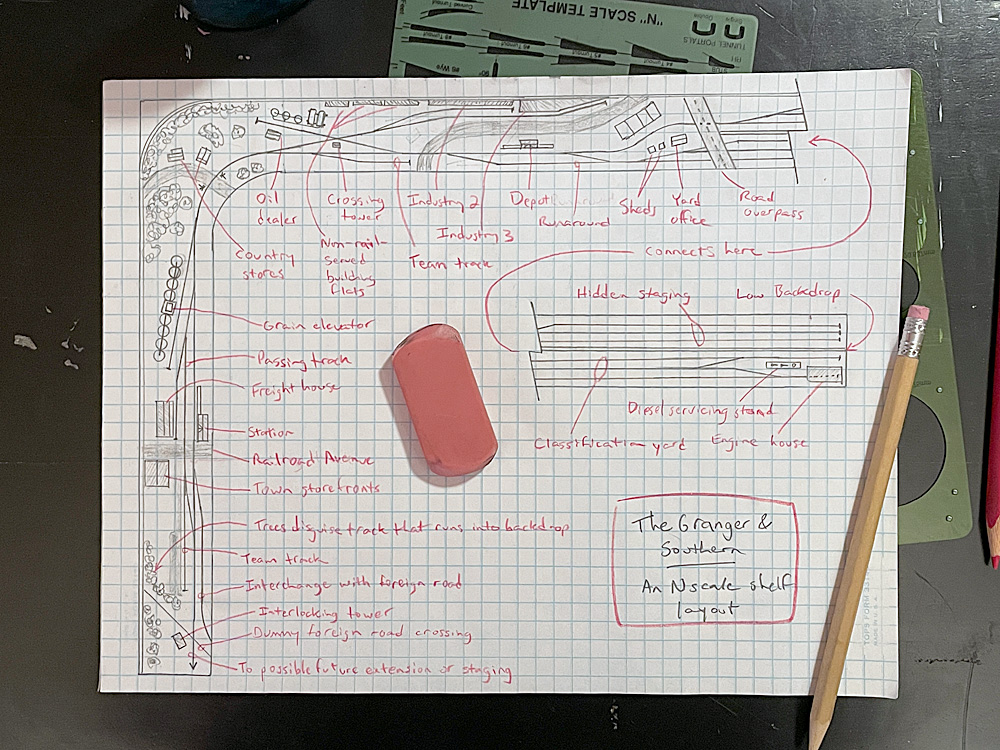
In some of my early “Sketching with Steve” articles – in particular, “What is a station?” and “Big industries for small spaces” – I admit to having an ulterior motive. I was building toward something. Specifically, I had been thinking for a while about building an L shaped N scale shelf layout in my basement office. […]
Read More…
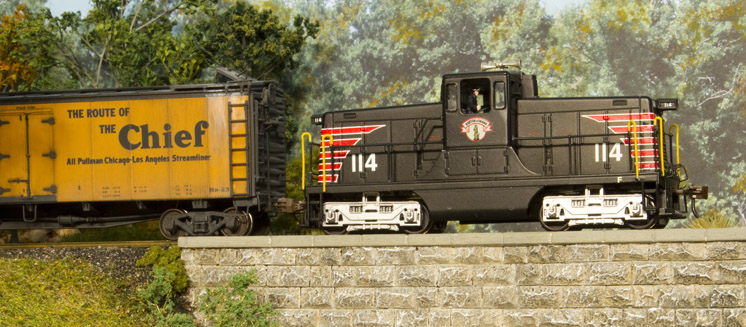
How to add DCC sound to a compact HO switcher: When Bachmann introduced an HO scale General Electric 44-ton switcher, I knew it would make a great addition to my Boston & Maine roster. The model includes a Digital Command Control (DCC) decoder, and I bought a version in the B&M livery. Out of the […]
Read More…

Track buses for Digital Command Control: Layouts wired for direct-current block control have several isolated track sections called blocks. Each block has an electrical switch that controls which DC throttle powers that track section. In theory, a Digital Command Control (DCC) layout could be wired as one large block with two wires feeding the power […]
Read More…
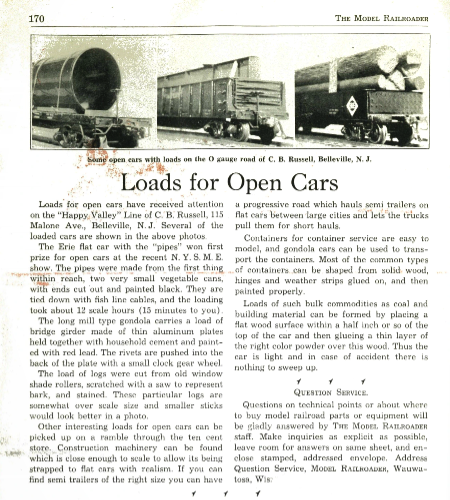
Looking at old Model Railroader back issues, I found poisonous model railroad materials. I give those hobbyists a lot of credit; you couldn’t drive over to the hobby store and pick up ground cover or resin to make a water feature. You often used materials from the hardware store, or whatever you had on hand. […]
Read More…












